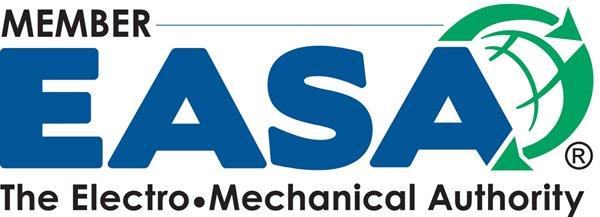DC motors are the workhorses of many industrial applications, providing reliable power for a wide range of machinery. To ensure these motors operate at peak performance, regular testing is essential. Understanding the testing protocols and failure modes of DC motors is key to maintaining efficiency and preventing costly downtime. Let’s delve into the intricacies of DC motor testing and explore common failure modes that can impact motor performance.
DC Motor Testing Protocols
Proper testing of DC motors involves a series of comprehensive protocols to assess their health and functionality. Here are some essential testing methods:
- Insulation Resistance Test: This test measures the insulation resistance of the motor windings to detect any breakdown or contamination that could lead to short circuits.
- Megger Test: The Megger test evaluates the insulation resistance using a high-voltage megohmmeter to pinpoint any insulation weaknesses.
- Winding Resistance Test: Measuring the resistance of the motor windings helps identify any open or short circuits within the coils.
- No-Load Test: Running the motor without a load helps assess its speed, current draw, and overall performance under normal operating conditions.
- Load Test: Applying a controlled load to the motor allows technicians to evaluate its power output, efficiency, and response to varying workloads.
Common Failure Modes
Despite regular maintenance and testing, DC motors can still experience failure due to various factors. Understanding these failure modes is crucial for diagnosing issues and implementing timely repairs. Here are some common failure modes:
- Overheating: Excessive heat buildup can degrade insulation, damage windings, and lead to motor failure.
- Bearing Wear: Over time, bearings can wear out, causing increased friction, vibration, and potential motor malfunctions.
- Contamination: Dirt, dust, or moisture ingress can contaminate motor components, leading to reduced efficiency and performance.
- Electrical Faults: Short circuits, open circuits, or grounding issues can disrupt the electrical flow within the motor, causing operational issues.
- Brush Wear: Worn-out brushes can impede electrical contact with the commutator, affecting motor function and efficiency.
Regular testing and preventive maintenance play a critical role in detecting these failure modes early and addressing them before they escalate into major problems. By following established testing protocols and promptly addressing any anomalies, you can prolong the lifespan of your DC motors and optimize their performance.
For expert motor repair, maintenance, and testing services, contact The Pump & Motor Works, Inc. Our team of skilled technicians is equipped to handle all your motor needs with precision and efficiency. Reach out to us here.



